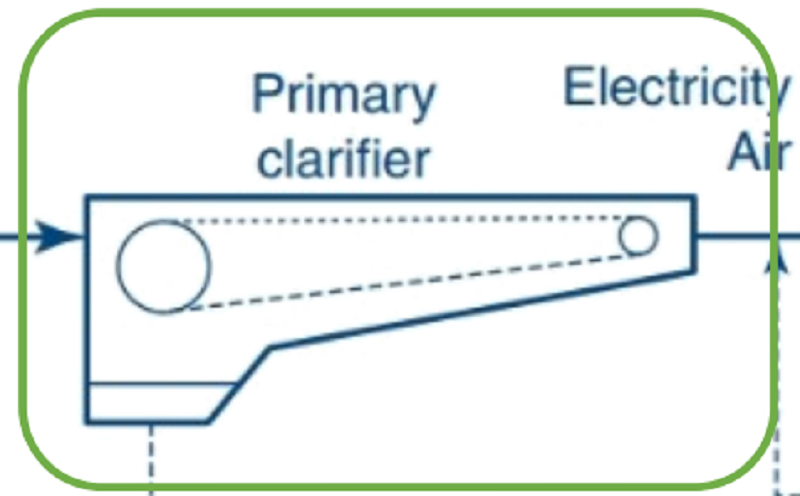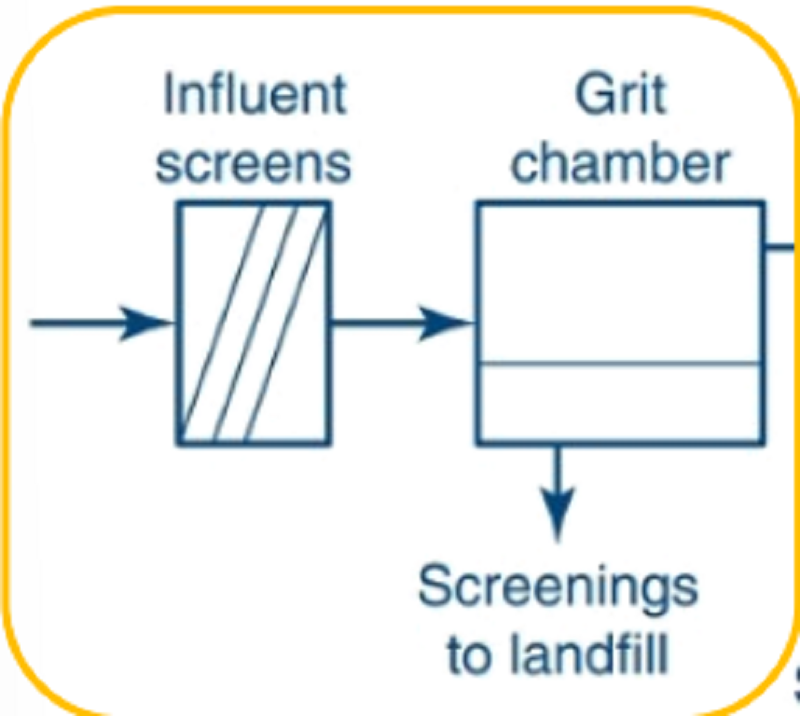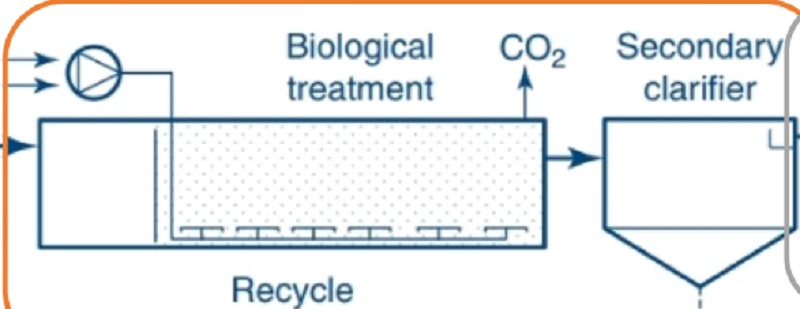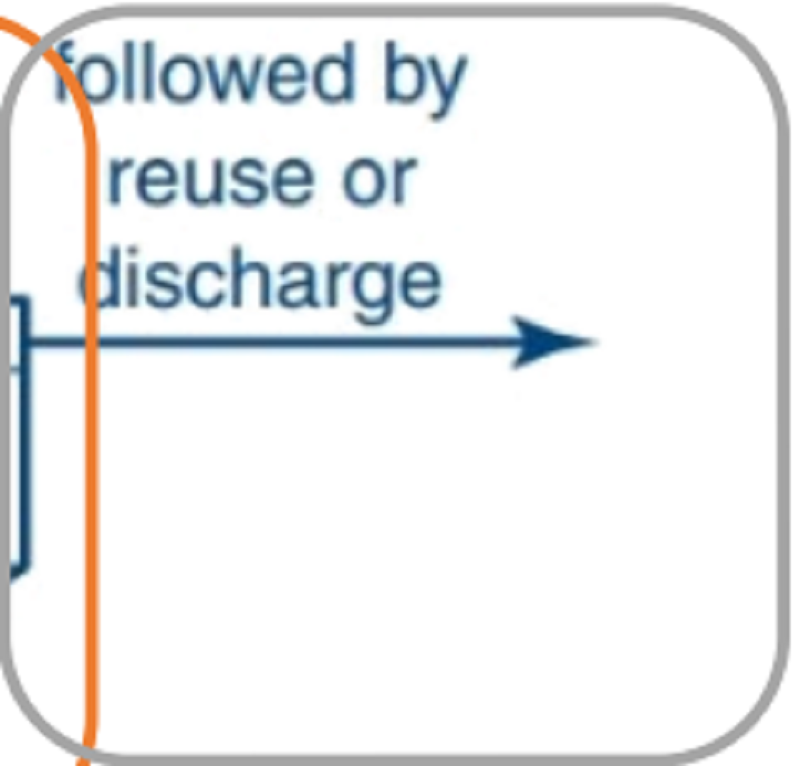Wastewater Treatment

Wastewater Treatment Quiz
Test your knowledge on wastewater treatment processes, types of water classifications, and pollution effects with this comprehensive quiz. Designed for students, professionals, and anyone interested in environmental science, the quiz consists of 45 questions that will challenge your understanding of this important topic.
- Learn about different classes of water supply
- Understand the significance of nutrients and pollutants
- Discover the impact of various types of wastewater
Public Water Supply: Intended primarily for waters having watersheds, which are uninhabited and/or otherwise declared as protected areas, and which require only approved disinfection to meet the latest PNSDW
Class AA
Class A
Class B
Class C
Class D
Public Water Supply: Intended as sources of water supply requiring conventional treatment to meet the latest PNSWD
Class AA
Class A
Class B
Class C
Class D
Recreational Water: Intended for primary contact recreation
Class AA
Class A
Class B
Class C
Class D
(1) Fishery Water for propagation and growth of fish and other aquatic resources, (2) Recreational Water - For boating, fishing, or similar activities, (3) For agriculture, irrigation, ang livestock watering
Class AA
Class A
Class B
Class C
Class D
Freshwater: Navigable waters
Class AA
Class A
Class B
Class C
Class D
(1) Protected waters - waters designated as national or local marine parks, reserves, sanctuaries, and other areas establishing by law, and/or declared as such appropriate government agency, LGUs, etc., (2) Fishery Waster - suitable for shellfish harvesting for direct human consumption.
Class SA
Class SB
Class SC
Class SD
(1) Fishery Water - waters suitable for commercial propagation of shellfish and intended as spawning areas for milkfish and similar species, (2) Tourist zones - For ecotourism and recreational activities, (3) Recreational Water - Intended for primary contact recreation in marine water
Class SA
Class SB
Class SC
Class SD
(1) Fishery Water - for the propagation and growth of fish and other aquatic resources intended for commercial and sustenance fishing, (2) Recreational Water - for boating, fishing, or similar activities, (3) Marshy and/or mangrove areas declared as fish and wildlife sanctuaries.
Class SA
Class SB
Class SC
Class SD
What are the components of domestic wastewater?
wastewater from domestic, commercial and industrial users
Stormwater runoff
Infiltration
Inflow
River
Sewer
Purpose of Wastewater Treatment
protect human health
Prevent surface water / groundwater pollution
Clean environment
Protect wildlife
Can deplete oxygen content of receiving waters
Organic Matter
Suspended Solids
Pathogens
Nutrients
Toxic Chemicals
Emerging Pollutants
Cause diseases
Organic Matter
Suspended Solids
Pathogens
Nutrients
Toxic Chemicals
Emerging Pollutants
Cause turbidity, may contain organic matter, other pollutants or pathogens
Organic Matter
Suspended Solids
Pathogens
Nutrients
Toxic Chemicals
Emerging Pollutants
Accelerate eutrophication, can contribute to NBOD
Organic Matter
Suspended Solids
Pathogens
Nutrients
Toxic Chemicals
Emerging Pollutants
Heavy metals and organic chemicals
Organic Matter
Suspended Solids
Pathogens
Nutrients
Toxic Chemicals
Emerging Pollutants
Pharmaceuticals, surfactants, personal care products, endocrine-disrupting chemicals
Organic Matter
Suspended Solids
Pathogens
Nutrients
Toxic Chemicals
Emerging Pollutants
A large portion of the wastewater generated every day comes from_________
Industrial buildings
Public infrastructures
Residential Areas
BOD is the amount of dissolved oxygen needed by microorganisms to consume organic load in the wastewater.
True
False
____________ and _____________ are major nutrients that enable the growth of plants
Ammonium and nitrite
Oxygen and Carbon Dioxide
Nitrogen and Phosphorus
Nitrogen and Oxygen
When the major nutrients that enable the growth of plants are present in excess quantities in bodies of water, nutrients can cause ________________ or the rapid growth of algae, often leading to the suffocation of aquatic life.
Eutrophication
Pollution
Death of animals
Greener water
Free ammonia and nitrite are highly toxic with concentration of as little as
5 ppm
0.4 ppm
1 ppm
0.5 ppm
Contains elevated levels of nutrients (N, P, S) and may also contain textile dyes
Laundry Wastewater
Agricultural Processing Wastewater
Scrubber Wastewater
Mine Tailings
Metal Finishing and Electroplating Wastewater
Contains elevated levels of BOD, suspended solids, and color
Laundry Wastewater
Agricultural Processing Wastewater
Scrubber Wastewater
Mine Tailings
Metal Finishing and Electroplating Wastewater
Coal-fired power plants typically have a wet scrubber that removes SO2 from the flue gas
Laundry Wastewater
Agricultural Processing Wastewater
Scrubber Wastewater
Mine Tailings
Metal Finishing and Electroplating Wastewater
The wastewater generated is called Flue Gas Desulfurization (FGD) wastewater and contains substantial amounts of metals and anions.
Laundry Wastewater
Agricultural Processing Wastewater
Scrubber Wastewater
Mine Tailings
Metal Finishing and Electroplating Wastewater
Most of the metals and suspended particles come from the combustion of coal
Laundry Wastewater
Agricultural Processing Wastewater
Scrubber Wastewater
Mine Tailings
Metal Finishing and Electroplating Wastewater
_______________ are notoriously difficult to handle because of the large amounts of metals present. Most of them are not treated, and are instead concentrated and stored.
Laundry Wastewater
Agricultural Processing Wastewater
Scrubber Wastewater
Mine Tailings
Metal Finishing and Electroplating Wastewater
Is the cleaning of metal surfaces to prepare it for surface treatment.
Laundry Wastewater
Agricultural Processing Wastewater
Scrubber Wastewater
Mine Tailings
Metal Finishing and Electroplating Wastewater
Is the electrolytic deposition of metal ions onto a surface.
Laundry Wastewater
Agricultural Processing Wastewater
Scrubber Wastewater
Mine Tailings
Metal Finishing and Electroplating Wastewater
Metal ions are the primary causes of concern for this type of wastewater.
Laundry Wastewater
Agricultural Processing Wastewater
Scrubber Wastewater
Mine Tailings
Metal Finishing and Electroplating Wastewater

Preliminary Treatment
Primary Treatment
Secondary Treatment
Tertiary Treatment
Solids Treatment and Disposal

Preliminary Treatment
Primary Treatment
Secondary Treatment
Tertiary Treatment
Solids Treatment and Disposal

Preliminary Treatment
Primary Treatment
Secondary Treatment
Tertiary Treatment
Solids Treatment and Disposal

Preliminary Treatment
Primary Treatment
Secondary Treatment
Tertiary Treatment
Solids Treatment and Disposal

Preliminary Treatment
Primary Treatment
Secondary Treatment
Solids Treatment and Disposal
Removal of large materials
SCREENING
COMMINUTION
GRIT REMOVAL
FLOTATION
FLOW EQUALIZATION
Grinding of solids to 0.3-cm pieces
SCREENING
COMMINUTION
GRIT REMOVAL
FLOTATION
FLOW EQUALIZATION
Prevents abrasion of piping and mechanical equipment
SCREENING
COMMINUTION
GRIT REMOVAL
FLOTATION
FLOW EQUALIZATION
Utilizes buoyancy to remove fats, oils and grease (FOG)
SCREENING
COMMINUTION
GRIT REMOVAL
FLOTATION
FLOW EQUALIZATION
Used to dampen the flow and organic loading rate to overcome problems associated with large flow variations
SCREENING
COMMINUTION
GRIT REMOVAL
FLOTATION
FLOW EQUALIZATION
To prepare the wastewater for further treatment to remove materials that may damage equipment to balance flows or organic loading
Preliminary Treatment
Primary Treatment
Secondary Treatment
Sludge Treatment and Disposal
To remove solids by gravity settling
Preliminary Treatment
Primary Treatment
Secondary Treatment
Sludge Treatment and Disposal
To remove organic matter
Preliminary Treatment
Primary Treatment
Secondary Treatment
Sludge Treatment and Disposal
To remove other constituents of wastewater
Preliminary Treatment
Primary Treatment
Secondary Treatment
Sludge Treatment and Disposal
Tertiary Treatment
To stabilize and dispose the sludge
Preliminary Treatment
Primary Treatment
Secondary Treatment
Sludge Treatment and Disposal
Tertiary Treatment
{"name":"Wastewater Treatment", "url":"https://www.quiz-maker.com/QPREVIEW","txt":"Test your knowledge on wastewater treatment processes, types of water classifications, and pollution effects with this comprehensive quiz. Designed for students, professionals, and anyone interested in environmental science, the quiz consists of 45 questions that will challenge your understanding of this important topic.Learn about different classes of water supplyUnderstand the significance of nutrients and pollutantsDiscover the impact of various types of wastewater","img":"https:/images/course8.png"}
More Quizzes
Enviro Week 7 Quiz
15830
ENV QUIZ 2
201040
What do you know about your favorite food? Take this fun quiz! 🎉
1050
Robert Young - The Ethiopian Manifesto
740
Free Rational and Irrational
201025457
Free Communication Styles Knowledge Test
201024580
Global Urban & Transportation Statistics
201025009
Binary to Hexadecimal Practice - Challenge Yourself
201043631
Introduction to Neuroimaging
15819815
Ultimate Superman Trivia - Think You Can Ace It?
201026417
Are You Forgetful? Try This Short Term Memory Loss Test
201031749
Which Full House Character Are You? Free Personality
201030624